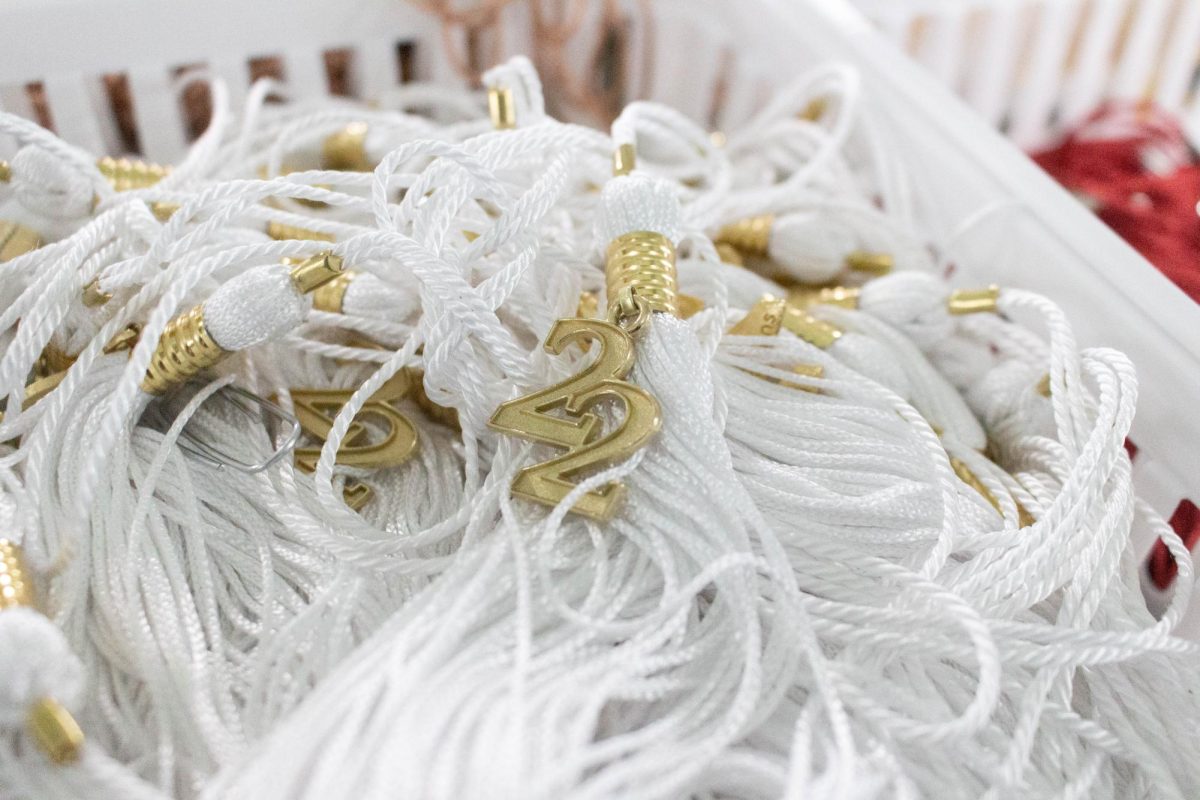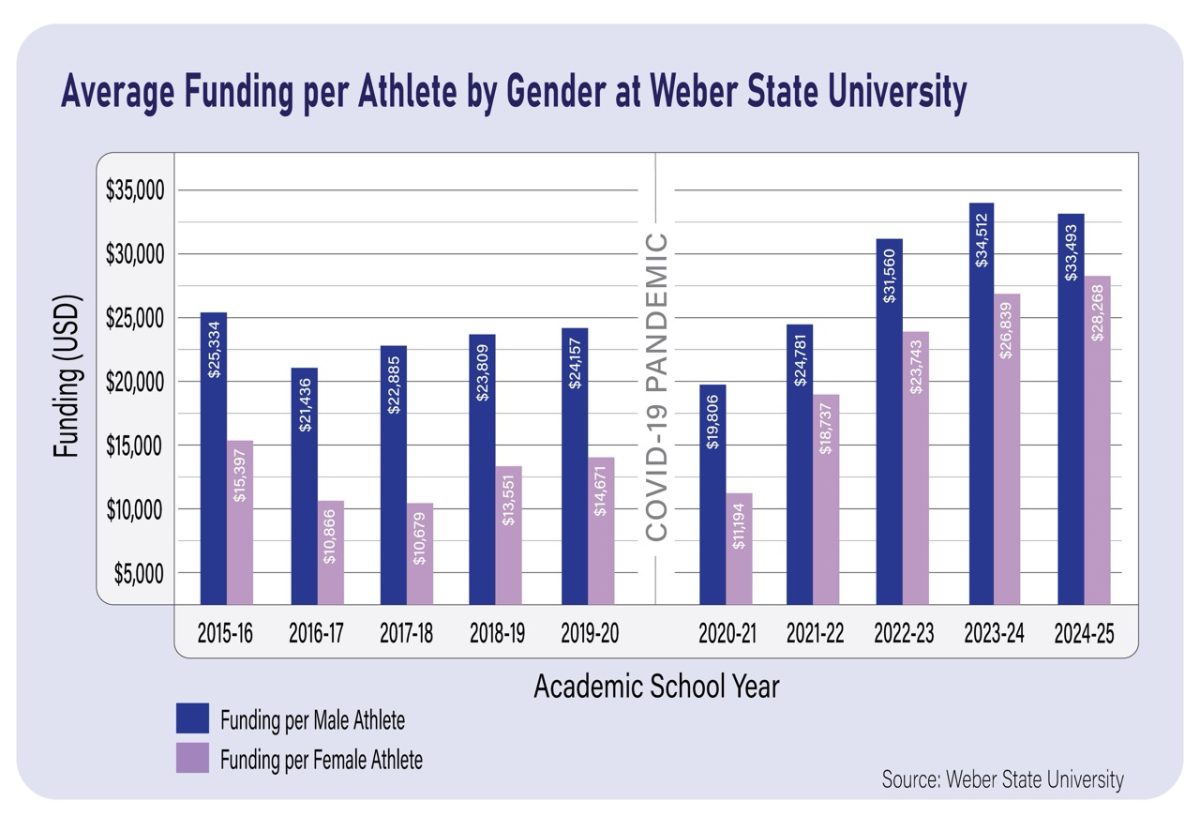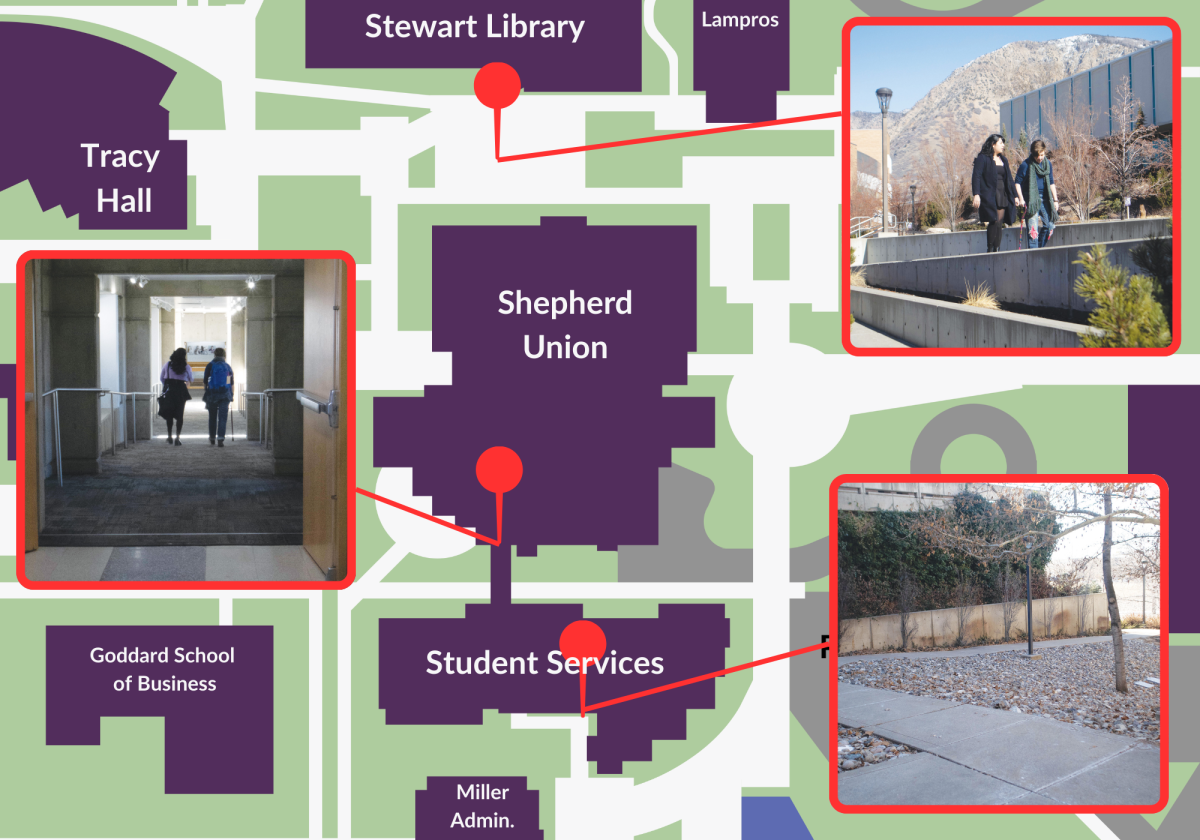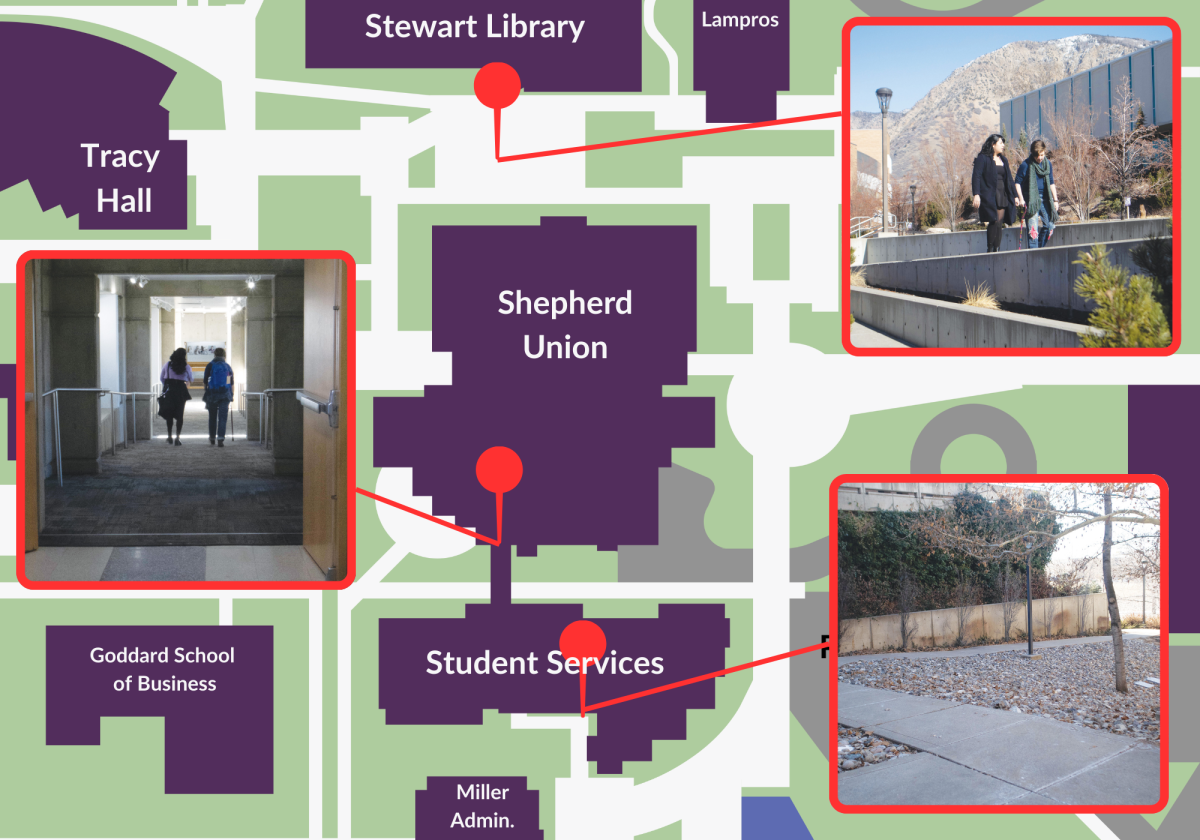As a nod to the Halloween season, the Anthropology Club’s Michelle Dowdle invited Michelle Savage, who has practiced Paganism for 27 years, to speak to Weber State University students about the widely misunderstood religion. The lecture took place from 1:30-2:30 p.m. in Room 103 of the Social Sciences Building as part of the Anthropology Club’s lecture series.
Savage has been high priestess of a coven since 2006, and said she is also a practicing clairvoyant who conducts house cleansings, rites of passage and tarot readings. She showed many Pagan symbols and tools to the audience, explaining their different meanings and roles. A wand, for instance, is used to redirect energy, while the broom is used to sweep away negative energy.
“It’s not Harry Potter,” she said. “. . . A spell is just like a prayer, except we use props . . . These are just items to give us focus.”
The pentagram, Savage said, also has a different use than is often assumed. It is often thought to represent Satanism, but since Satan is a Christian concept, Pagans do not believe in or worship any such being. The five points of the pentagram represent the five sacred elements of air, fire, water, earth and spirit to Pagans, according to Savage.
“It’s a symbol of magic, a symbol of unity,” she said. “The circle represents the earth.”
Savage explained that Halloween, known as Sawhain in Paganism, is the Pagan New Year. She described each of the Pagan holidays, which happen every six weeks and are largely focused on the setting and progression of goals. She also described the cleansing rituals, in which sticks made of sage are burned and the God, Goddess and the elements are called upon. Though all Pagans believe in a higher power, she said, they may also call upon the universe itself if they have not chosen a deity to worship.
To find out about upcoming events put on by the Anthropology Club, interested parties can visit it on Facebook or in Room 114 of the Social Sciences Building.



















